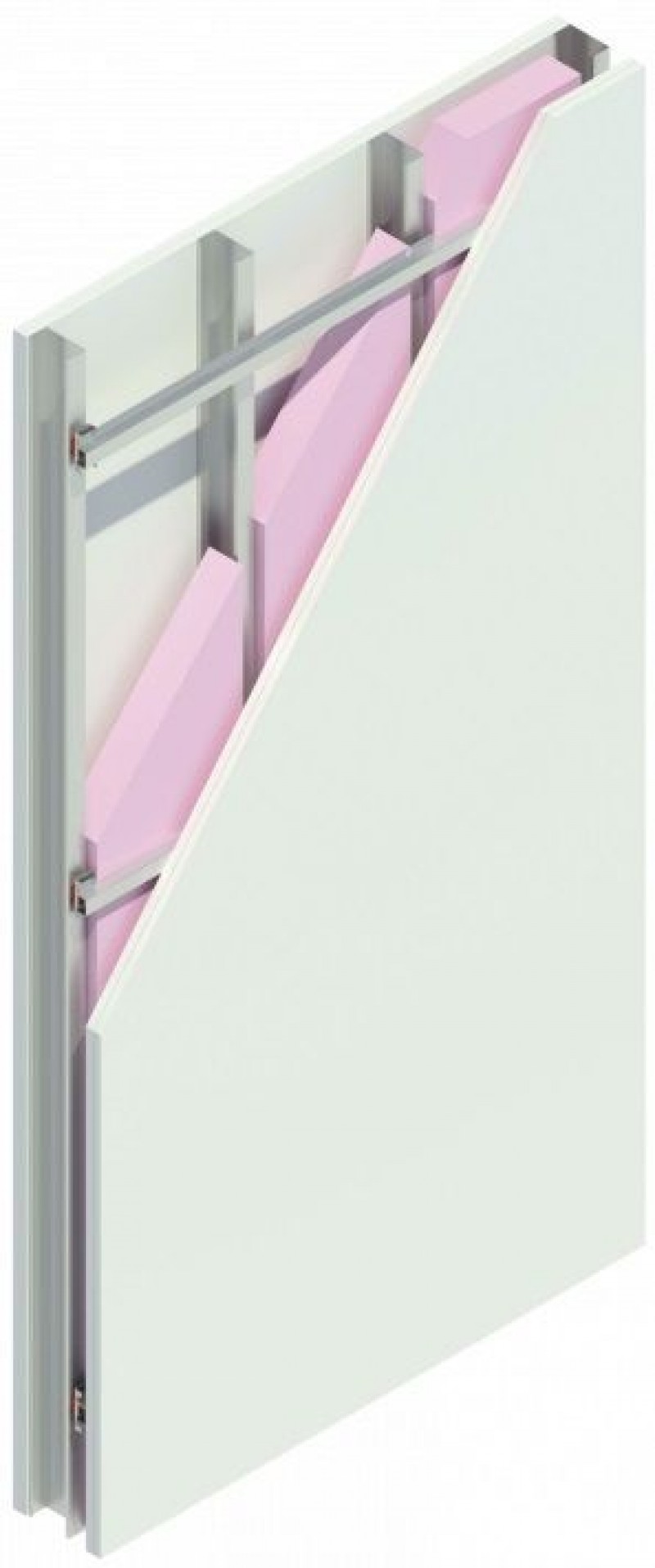-
Australia
Copyright © 2025 Powered by BCI Media Group Pty Ltd
Confirm Submission
Are you sure want to adding all Products to your Library?
Contact Detail

Unwanted sound, or noise, is an increasing concern for architects, builders, home owners and apartment dwellers. Noise in buildings can be generated by footsteps, speech, sound systems, water pipes, closing doors, along with many other sounds that travel through walls and ceilings.
Resilient mounts, also known as sound isolation clips, are used as a way of disconnecting the wall system in acoustic wall and ceiling assemblies, for buildings or rooms that require a high level of noise reduction or soundproofing. The purpose of the rubber in the resilient mount is to break up the sound that transfers from the plasterboard to the steel stud and through to the other side.
Typically, a wall or ceiling would be constructed by installing a stud frame, finished with plasterboard. Whilst, this is acceptable for most single-home residential applications, sound can easily travel from one room to another using this method, it can be an issue when building multi-level apartments, offices or theatres. Using resilient mounts significantly reduce noise transfer, as the resilient mount is fixed between the steel stud and furring channel, to attenuate the sound between rooms or floors (see Figure 1 below).

Figure 1: Wall installation using M237R Resilmount.
Resilient mounts can be used in conjunction with other soundproofing material, such mass loaded vinyl, insulation or sound absorbing foam, to absorb and eliminate sound between floors or through walls.



